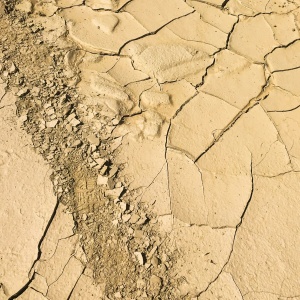
The UN warned that the world is losing 1 millions square kilometres (386,000 square miles) of agricultural land every year to sand and dust storms. At least a quarter of storms could be attributed to human activity, primarily overmining and overgrazing.
The United Nations Convention to Combat Desertification (UNCCD) in the lead up to COP28 released figures estimating that 2 billion tons of sand and dust enter the atmosphere every year. The loss of topsoil is having an effect on food supplies in some of the world's most vulnerable countries and is driving migration, impeding navigation and creating security risks.
Successful attempts have been made to reverse desertification and control storms, with China being a leading example of the success of long-term land restoration. However globally, funding is lacking. Equally, whilst China has made progress within its borders, it is still affected by dust blowing in from Mongolia, highlighting the transnational nature of the problem. With COP28 approaching, international collaboration to reverse the effects of desertification and creating a collaborative sustained programme of land restoration will be vital in the battle against global warming, with land use change contributing significantly to emissions.
Reference
Stanway, D. (2023). 'Worsening sand storms driving global agricultural land loss’, Reuters, November 15, 2023
Read the original article here and read our own blog on farming on drylands







Post a new comment »